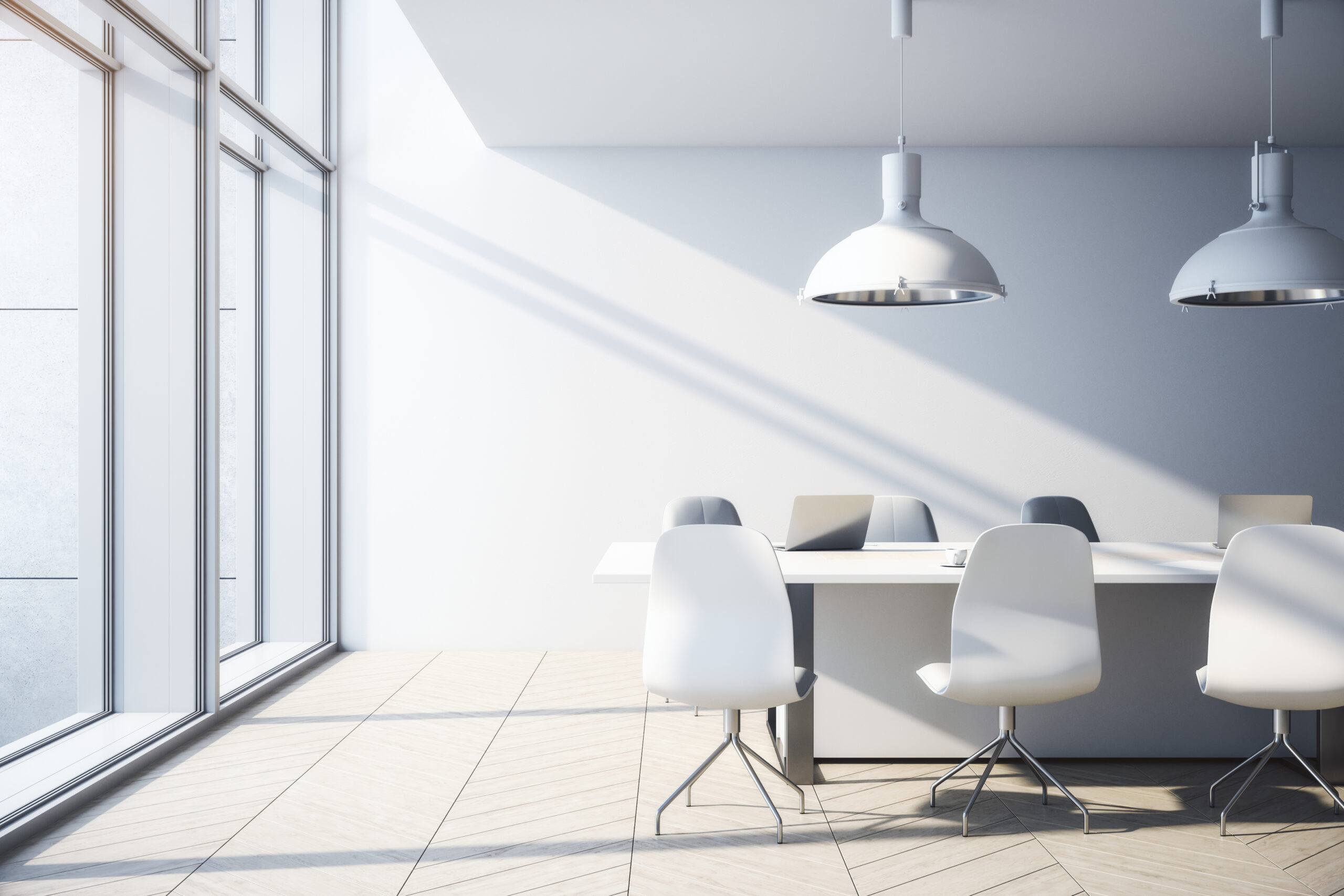In today’s dynamic corporate landscape, office design and layout hold immense significance, transcending mere aesthetics to become powerful tools for enhancing productivity, fostering collaboration, and ensuring employee well-being.
Modern offices have enthusiastically embraced a diverse range of innovative trends that not only reflect a company’s unique identity but also cater to the evolving needs of today’s workforce. These trends have turned workplaces into dynamic hubs of creativity and efficiency. From open-plan layouts that encourage spontaneous interactions to adaptable seating arrangements accommodating various workstyles, office designs have evolved into versatile and flexible spaces.
Moreover, the integration of biophilic elements, cutting-edge technology, and sustainable practices has become standard practice. These trends have reshaped offices into holistic environments that prioritize both the physical and mental well-being of employees, creating a thriving atmosphere.
The Rise of Hybrid Workspaces
The COVID-19 pandemic has instigated a notable transformation in work dynamics, propelling the acceptance of hybrid work models. In this evolution, modern office design and furniture play pivotal roles in liberating work from conventional 9-to-5 schedules, nurturing adaptable work environments. This shift underscores the importance of versatile office layouts capable of catering to the requirements of both in-person and remote work settings.
Flexible Seating
A fundamental element of hybrid workspaces centers on their adaptable seating arrangements, a fundamental feature of progressive office furniture design. This strategy empowers employees to choose their favored work environments, be it a collaborative lounge, a tranquil nook, or a traditional desk setup.
Hot Desking
Hot desking has become increasingly popular as an economical and space-efficient approach. It enables employees to reserve desks for daily or hourly use, maximizing the efficient utilization of office space.
Biophilic Design
The incorporation of nature into office settings remains a thriving trend. Biophilic design seamlessly integrates natural elements such as plants, natural light, and water features into the workplace.
Embracing Technology
With the rapid evolution of technology, traditional office spaces have had to undergo significant adjustments. Offices are currently in the midst of seamlessly incorporating advanced technology into their layouts. This transformation encompasses a range of elements, including the adoption of smart office solutions for task automation and the introduction of IoT-connected devices that boost operational efficiency. The outcome is a contemporary workplace that not only keeps up with the digital landscape but also equips employees with the essential tools to excel in an increasingly tech-driven environment.
Smart Office Solutions
Smart office technology comprises elements such as automated climate control, touchless entry systems, and IoT-connected devices, all of which collectively enhance the functionality and efficiency of the workplace environment.
Flexible Layouts
Traditional office configurations are fading into obsolescence, making way for a new era of adaptable and modular designs. The emphasis in modern workplaces has shifted towards layouts that can flex and evolve as needed, allowing for dynamic reconfigurations that cater to the ever-changing demands of the contemporary workforce.
Movable Furniture
Mobile furniture enables rapid space adjustments to accommodate varying tasks and team sizes.
Collaboration Zones
Collaboration zones are designated spaces intended to promote teamwork, furnished with tools and furniture that make brainstorming and group discussions more convenient.
Wellness-Centric Spaces
Businesses are increasingly recognizing the crucial role that employee well-being plays in their success. This awareness has led to a significant increase in investments in office designs focused on promoting employee wellness. Forward-thinking companies are now establishing environments that prioritize both mental and physical health, including features like meditation rooms and fitness areas. These office spaces that prioritize wellness not only boost employee morale but also improve overall productivity, creating a mutually beneficial situation for both employees and organizations.
Meditation Rooms
Meditation rooms offer employees a peaceful place to relax and alleviate stress throughout the workday.
Fitness Areas
Having on-site fitness areas fosters physical well-being by enabling employees to include exercise in their daily routines.
Sustainable Office Design
Sustainability has evolved from being an optional consideration to a necessity for modern offices. In response, workplaces are now more inclined to adopt environmentally friendly designs and practices. These initiatives encompass a range of eco-conscious measures, including the use of energy-efficient lighting and HVAC systems, as well as the integration of recycled materials into construction and furnishings. This eco-aware approach not only aligns with global endeavors to decrease our carbon footprint but also emphasizes businesses’ dedication to establishing greener and more sustainable workspaces.
Energy Efficiency
The utilization of energy-efficient lighting, HVAC systems, and renewable energy sources helps offices minimize their environmental impact.
Recycling Initiatives
Offices are introducing recycling programs and incorporating sustainable materials in their construction and furnishings.
In summary, the realm of office designs is dynamic and ever-changing. It adjusts to contemporary employees’ demands and desires continuously. Embracing hybrid workspaces, integrating technology, and focusing on employee well-being are pivotal trends. These trends are shaping the future of office design to foster a conducive and inspiring work environment. Staying at the forefront of these trends allows companies to establish workspaces that inspire and contribute to their success. It’s a proactive approach in adapting to the evolving needs of the workforce.
FAQs
Q. How can biophilic design benefit employees?
Biophilic design can benefit employees by reducing stress, increasing creativity, and improving air quality, ultimately enhancing their overall well-being.
Q. What is hot desking, and how does it work?
Hot desking is a flexible seating arrangement where employees can reserve desks on a daily or hourly basis, optimizing office space and accommodating different work styles.
Q. What are some examples of smart office solutions?
Smart office solutions include automated climate control, touchless entry systems, and IoT-connected devices that enhance office efficiency and convenience.
Q. Why is sustainability important in office design?
Sustainability in office design is crucial to reduce the environmental impact of workplaces, conserve resources, and create a healthier planet.
Q. How can companies implement flexible layouts in their offices?
Companies can implement flexible layouts by using movable furniture and creating collaboration zones that can be easily reconfigured to meet different needs.

